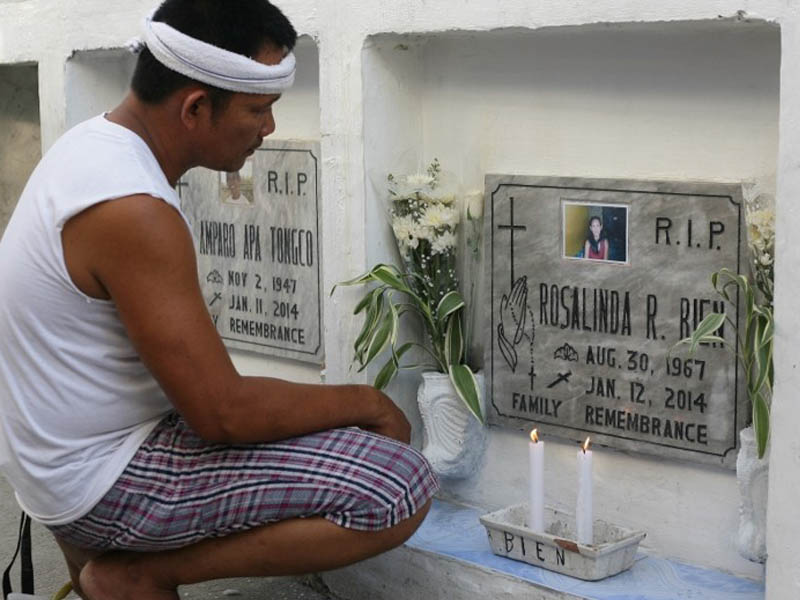MANDALUYONG CITY, Philippines — A mayor does not normally make his name by digging up bones of the dead. But Benjamin “Benhur” Abalos Jr., saw no other way.
For years, the garbage-strewn public cemetery in his city, part of Metro Manila, had become overstuffed with bodies. Families of the dead stacked new concrete apartment niches five-high atop the old ones. But it wasn’t enough to handle 1,000 new arrivals each year. Gravediggers would make room by pulling out bones and tossing them to the ground or shoving them into unmarked plastic sacks. Babies were buried under the pathways, marked only by small marble stones inscribed with the child’s name.
Abalos, now serving his sixth three-year term as mayor, set out to bring order to Mandaluyong’s way of handling the dead. He’s turned the city’s crumbling burial ground into a proud “one-stop shop” for memorial services. There’s a new chapel and crematorium, as well as nicely kept niches for remains and a columbarium for ashes. Abalos also came up with several strategies considered innovative in the Philippines. He created a new economic model for running a public cemetery. And he figured out how to safely cremate large volumes of remains in the middle of a crowded city.
“The question haunting us was clear,” Abalos recalls. “You lived poor. You died poor. But even in death, there is no dignity. What can we do?”
Perhaps his biggest breakthrough was in making the case that people without much money deserved the same respect as everyone else, in death as much as in life. “From womb to tomb,” Abalos says. “That is how modern local governments should think when providing service to the community.”
